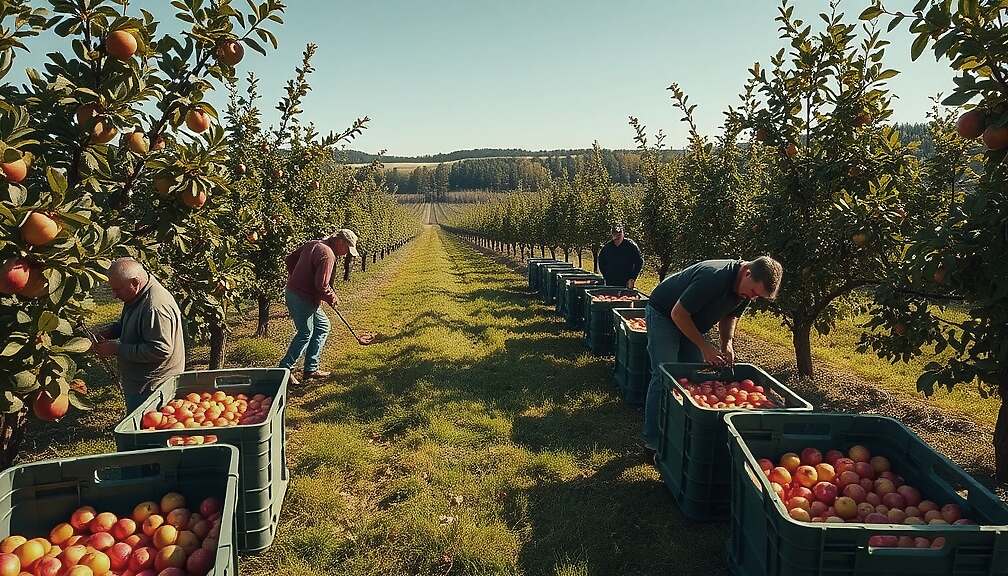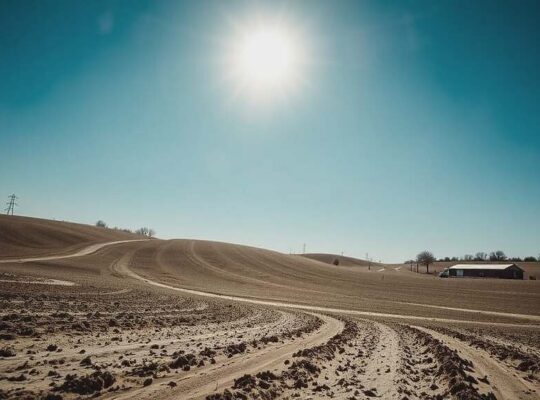German fruit growers are anticipating a significantly above-average apple harvest in 2025, projected to reach approximately 1.009 million tonnes. This represents an anticipated increase of 38,300 tonnes, or 3.9 percent, compared to the average of the last ten years (970,500 tonnes), according to data released Monday by the Federal Statistical Office (Destatis).
The million-tonne mark will be surpassed for the first time since 2022 (1.071 million tonnes) and the current forecast exceeds last year’s harvest of 872,000 tonnes by 15.7 percent. The positive outlook is attributed to mild weather conditions during the blossoming period and the absence of significant frost or hail events in most growing regions.
Apples are cultivated nationally across 32,700 hectares and remain, by far, the most harvested orchard fruit in Germany. The key growing regions are located in Baden-Württemberg (Lake Constance region) and Lower Saxony (Altes Land). Baden-Württemberg is expected to yield 362,000 tonnes of apples from 11,600 hectares, while Lower Saxony anticipates an apple harvest of 330,000 tonnes from 8,400 hectares. Combined, these two federal states account for 61.1 percent of Germany’s apple-growing area and are expected to produce more than two-thirds (68.6 percent) of the domestic apple crop.
The plum and damson harvest is also projected to be slightly higher this year, at 44,500 tonnes – an increase of 700 tonnes, or 1.6 percent, compared to the ten-year average of 43,800 tonnes. This figure is consistent with last year’s harvest of 43,800 tonnes.
The largest growing areas for plums and damsons are located in Baden-Württemberg (1,700 hectares) and Rhineland-Palatinate (900 hectares). Despite their geographical proximity, these two regions show significant regional differences in projected harvest quantities compared to the previous year. The 2025 harvest estimate for plums and damsons in Baden-Württemberg is almost a third (-32.7 percent) lower than the 2024 harvest of 25,600 tonnes, falling to approximately 17,200 tonnes. In contrast, Rhineland-Palatinate is expected to see its comparatively low plum and damson harvest of 7,500 tonnes in 2024 increase by almost half (+46.5 percent) to 11,000 tonnes.
These regional discrepancies are based on the fact that fruit growers in Baden-Württemberg achieved an above-average plum and damson harvest in 2024, while other growing regions experienced considerable yield losses. Nationally, plums and damsons are currently grown on 4,100 hectares for commercial orchard production.












